Don't miss our Winter Sales offer 40% OFF!
How Beauty Standards Linked To Fitness and Survival
Beauty standards closely link criteria of beauty to survival instincts and reproductive fitness through the lens of evolutionary psychology. These standards frequently prioritise characteristics that act as markers of fertility, health, and genetic fitness. Frequently linked to reproductive capability are characteristics such as a defined waist-to-hip ratio, clear skin, and symmetrical face characteristics.
Humans may have an innate tendency to look for partners who exhibit traits that indicate genetic robustness. Beauty standards may develop as a useful tool for people to find partners who are more likely to have healthy children. Furthermore, the emphasis on youth in beauty standards supports the notion that younger individuals may have more reproductive years ahead of them.
Click here for top trend Beauty ProductsMoreover, beauty standards could change depending on the surroundings, favouring particular characteristics because of their benefits in particular situations. Subconsciously using physical appeal to attract mates and outcompete rivals, as well as to fit with natural behaviours connected to successful reproduction, is another aspect of the pursuit of beauty.
The following points examine these beauty standards:
Health and fertility indicators:
Beauty standards often prioritize characteristics that suggest good health and fertility. A specific waist-to-hip ratio, symmetrical facial features, and clear skin are a few characteristics linked to reproductive health.
Mate Selection and Genetic Fitness:
According to evolutionary psychology, people are predisposed to look for partners who exhibit certain traits related to their genetic fitness. Beauty standards may develop as a means for people to find mates who have good genetic makeup, boosting the possibility of having healthy children.

Environmental Conditions and Adaptation:
Attributes that work well in a particular setting can shape beauty standards. In places where physical characteristics are linked to improved adaptation or resistance to local diseases, those attributes may become part of the beauty standard.
Signs of Youthfulness and Vigour:
Because attractiveness is frequently associated with youth due to its connection to the ability to procreate, beauty standards may value smooth skin and facial symmetry as they can be signs of a person’s capacity to bear and raise children, characteristics associated with youth.
Social Signaling and Mate Competition:
People may subtly use attractiveness as a means of luring in possible partners and outwitting competition. Seeking beauty may be an expression of natural tendencies towards attracting a suitable partner and ensuring successful reproduction.
Parental Investment Theory:
Parental investment theory suggests that individuals have limited resources to invest in offspring and therefore seek out attractive partners as a way to increase their chances of reproductive success. By choosing a mate with desirable physical traits, individuals can ensure the attractiveness of their offspring and potentially secure better genetic advantages for them. Evolutionary Psychology: Attractiveness may be deeply rooted in evolutionary psychology as it relates to the survival and reproduction of our species. Certain features, like symmetrical faces or healthy bodies, may serve as indicators of good Based on the idea that females, in particular, have greater expenses related to reproduction than males, individuals, particularly females, are selective when selecting partners. Beauty standards might reflect traits that indicate a person’s capacity to maintain and nurture their progeny.
Cultural Variability in Beauty Standards:
There is potential for cultural variety, even if some beauty standards may have evolutionary foundations. Different cultures shape beauty standards by emphasizing certain qualities based on historical events, social mores, and geographical environments.
Evolutionary psychology explains the relationship between reproductive fitness, beauty standards, and survival instincts. The following points examine this relationship:

Health and fertility indicators:
Certain physical traits, such as clear skin, symmetrical facial features, and a youthfully proportioned body, are often associated with good health and fertility. These traits are likely to be considered attractive across cultures, as they indicate a person’s ability to produce and raise healthy offspring. Additionally, cultural variations may influence the specific importance placed on these traits, with some cultures valuing other indicators of reproductive fitness, such as robustness or childbearing age. Ultimately, beauty standards are a complex mix of biological and cultural influences, reflecting society’s collective understanding of what traits contribute to successful reproduction.
Beauty standards often prioritize characteristics that suggest good health and fertility. A specific waist-to-hip ratio, symmetrical facial features, and clear skin are a few characteristics linked to reproductive health.
Mate Selection and Genetic Fitness:
Evolutionary psychology holds that individuals tend to choose partners who possess specific characteristics associated with their genetic fitness. The development of beauty standards probably served as a strategy for people to locate partners with favorable genetic profiles, increasing the likelihood of producing healthy offspring.
Environmental Conditions and Adaptation:
Attributes that work well in a particular setting can shape beauty standards. Physical characteristics that are linked to improved adaptation or resistance to local diseases can become part of the beauty standard in certain places.
Signs of Youthfulness and Vigor:
Because attractiveness is frequently associated with youth due to its connection to the ability to procreate, beauty standards may value smooth skin and facial symmetry as they can be signs of a person’s capacity to bear and raise children, characteristics associated with youth.
Social Signaling and Mate Competition:
People may subtly use attractiveness as a means of luring in possible partners and outwitting competition. Seeking beauty may be an expression of natural tendencies towards attracting a suitable partner and ensuring successful reproduction.
Parental Investment Theory:
Based on the idea that females, in particular, have greater expenses related to reproduction than males, individuals, particularly females, are selective when selecting partners. Beauty standards might reflect traits that indicate a person’s capacity to maintain and nurture their progeny.
Cultural Variability in Beauty Standards:
There is potential for cultural variety, even if some beauty standards may have evolutionary foundations. Different cultures shape beauty standards by emphasizing certain qualities based on historical events, social mores, and geographical environments.
Knowing the connection between reproductive health and beauty standards offers insights into the ingrained biological and psychological elements that shape our conceptions of beauty. It highlights the possibility that these norms developed as adaptive strategies to support human population survival and procreation.
For example, in Western cultures, a curvaceous figure is often seen as attractive because it signals fertility and good reproductive health. In contrast, some Asian cultures place more value on having a slim and petite body, which may be due to the historical emphasis on modesty and the significance of self-control. Additionally, the geographical environment can also play a role in shaping beauty standards. In regions with harsh climates, like the Arctic, where resources are scarce, a fuller figure may be seen as attractive as it suggests an ability to survive and reproduce. Overall, understanding the connection between reproductive health and beauty standards provides a deeper understanding of the complex factors that influence our perceptions of beauty across cultures.
Summary:
Beauty standards are interconnected with reproductive fitness and survival instincts, as they prioritize health and fertility indicators. The waist-to-hip ratio, symmetrical facial features, and clear skin may all have an impact on these standards. People are predisposed to look for partners with traits related to their genetic fitness, which could have led to the development of beauty standards.
Environmental conditions and adaptation also play a role in shaping beauty standards. In places where physical characteristics are linked to improved adaptation or resistance to local diseases, those attributes may become part of the beauty standard. Attractiveness is often associated with youthfulness and vigor, as it indicates a person’s capacity to bear and raise children. Social signaling and mate competition may also subtly use attractiveness as a means of attracting suitable partners and outwitting competition.
Parental investment theory suggests that individuals have limited resources to invest in offspring, so they seek attractive partners to increase their chances of reproductive success. Beauty standards may reflect traits that indicate a person’s capacity to maintain and nurture their progeny.
Cultural variation in beauty standards can also be seen, as different cultures emphasize certain qualities based on historical events, social mores, and geographical environments. Understanding the connection between reproductive health and beauty standards offers insights into the biological and psychological elements that shape our conceptions of beauty, suggesting that these norms may have evolved as adaptive strategies to support human population survival and procreation.

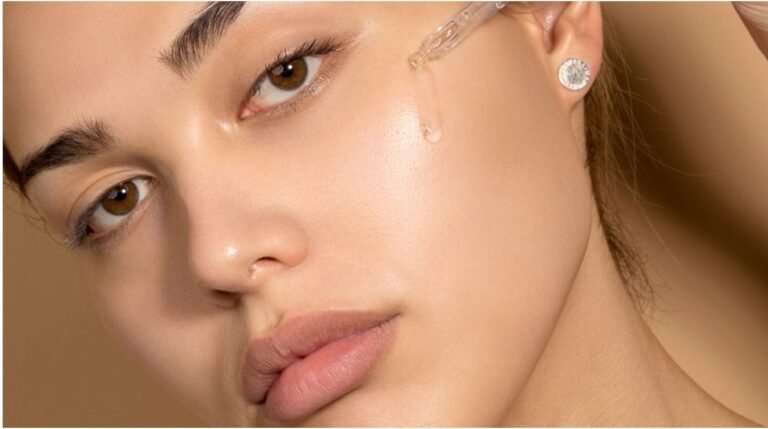
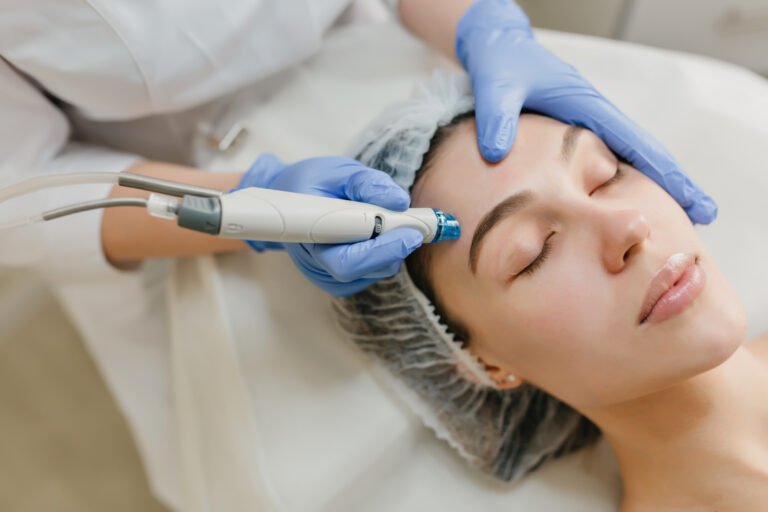
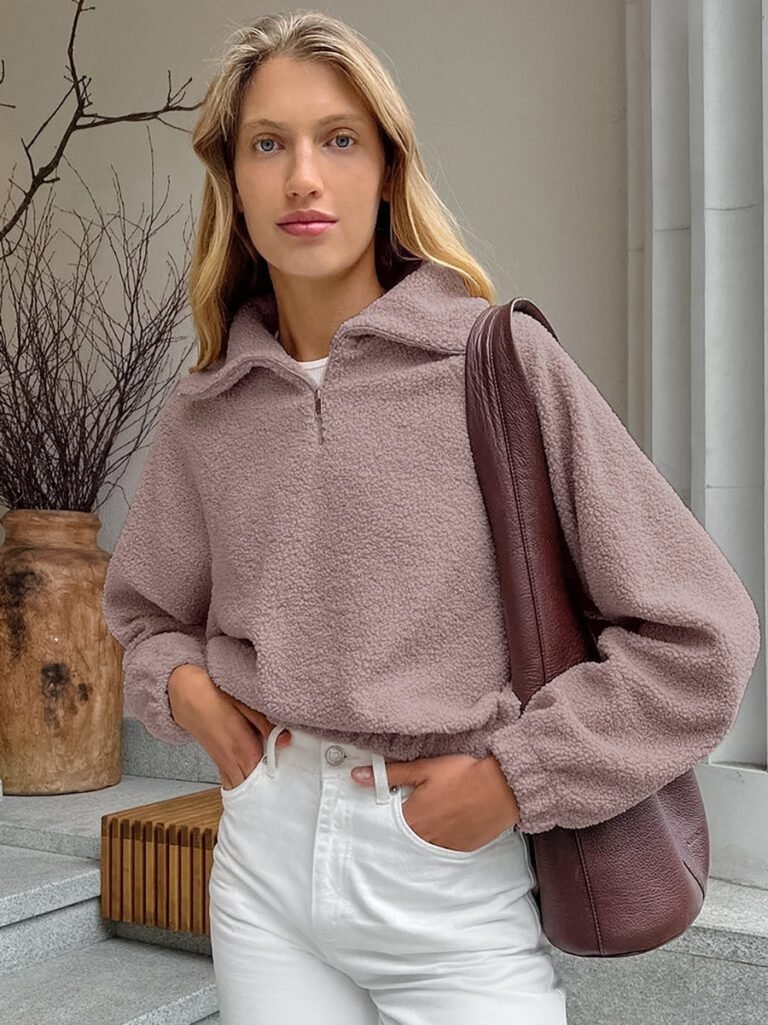
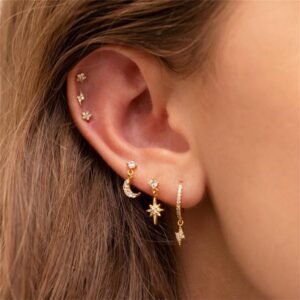
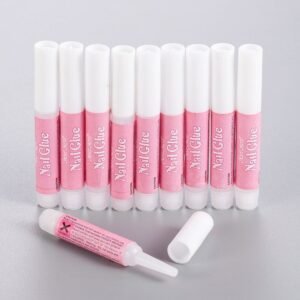

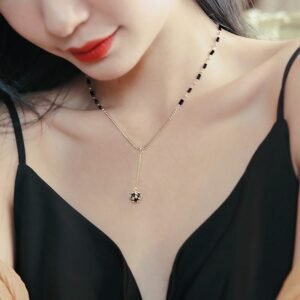
Wonderful effort!